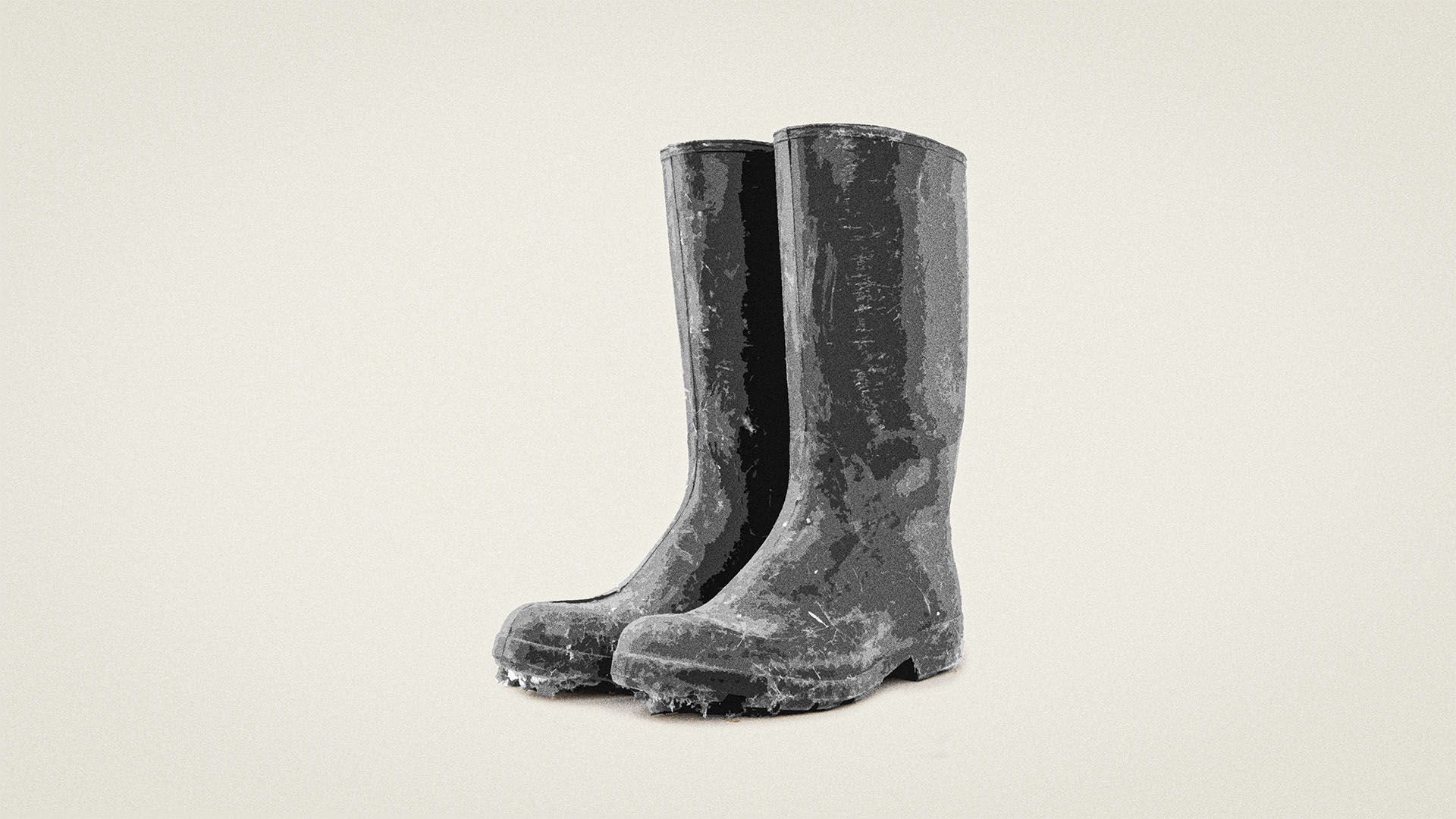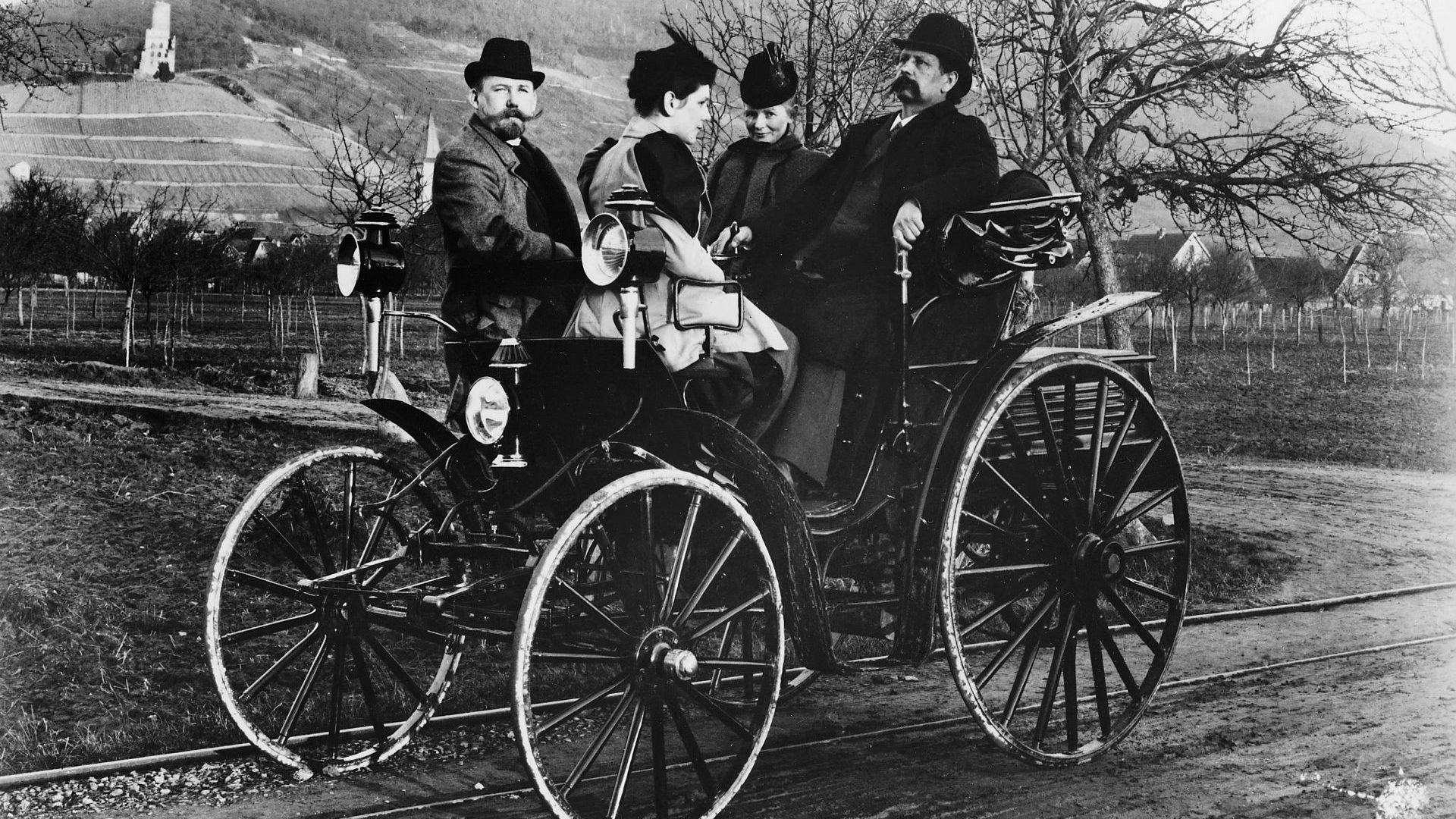If you suggest to an American, with reference to some task or challenge, that they should “give it some welly”, most of them, even if native English speakers, are unlikely to figure out that what you mean is that they should use a lot of force or effort.
This is not surprising when you consider the complexity of the processes which have been involved in this particular colloquial phrase’s development. And it is fairly recent: “give it some welly” first appeared in print in 1977.
The story behind this phrase begins in the town of Wellington in Somerset (about seven miles south-west of Taunton), though there are two other places in western England also called Wellington, in Herefordshire and Shropshire. All three instances of this name seem to have the same etymological origin: the Old English place name Weoh-leah-inga-tun, where weoh meant “temple” or “holy site”, leah indicated a “clearing” (in a forest), -inga meant “people”, and tun was “an enclosure” (the modern form of tun is town).
We can be sure that it is specifically the Somerset town we are interested in here because of its connection to the Duke of Wellington, the late 18th- and early 19th-century military and political leader who led his troops alongside German armies to defeat Napoleon at the Battle of Waterloo in 1815.
Arthur Wellesley was born in Dublin in 1769 into an aristocratic Anglo-Irish Protestant Ascendancy family and was educated at Eton. He was raised to the peerage as Viscount Wellington in 1809, and assumed the title of Duke of Wellington in 1815. This name was chosen by Arthur’s brother, Richard, who believed that the Anglo-Irish Wellesley family originated in Somerset, and felt that the names Wellesley and Wellington were phonetically similar enough that Wellington could serve as an appropriate name for his ennoblement.
At some point after the Battle of Waterloo, the duke instructed his shoemaker, George Hoby of St James’s Street in London, to create a new form of footwear, by modifying the design of the boots he had seen being used by the Hessian troops who had fought alongside the British and Prussians at Waterloo.
The wearing of these boots became very well established in British society, and although they came to be known by various names, such as gumboots and rubber boots, probably the most common name ultimately was “Wellington boots”. In everyday usage this was often just “Wellingtons”, which was eventually colloquially abbreviated, although not during the duke’s lifetime, to “wellies”. The Oxford English Dictionary’s first citation of welly dates from 1961, in the Guardian.
The metonymic extension in sense from the original meaning of “boot” to “kick”, and then on to “physical effort” probably first occurred in motor racing, where the reference would have been to a driver putting their foot down harder on the accelerator in order to go faster.
Football (soccer) is another obvious likely domain of origin, referencing a powerful kick of the ball, as in this quotation from the OED taken from a 1986 football report in the London Times: “Birmingham City supporters are used to watching their team welly the ball from the back”, the implication being that they were not very skilled at using short passes or running with the ball at their feet.
Metonymic
Metonymy is a figure of speech in which a word or phrase is substituted for another which is closely associated with it in some way. A well-known example is the locution “the kettle is boiling”, where of course it is the water in the kettle which is actually boiling, not the kettle itself.




